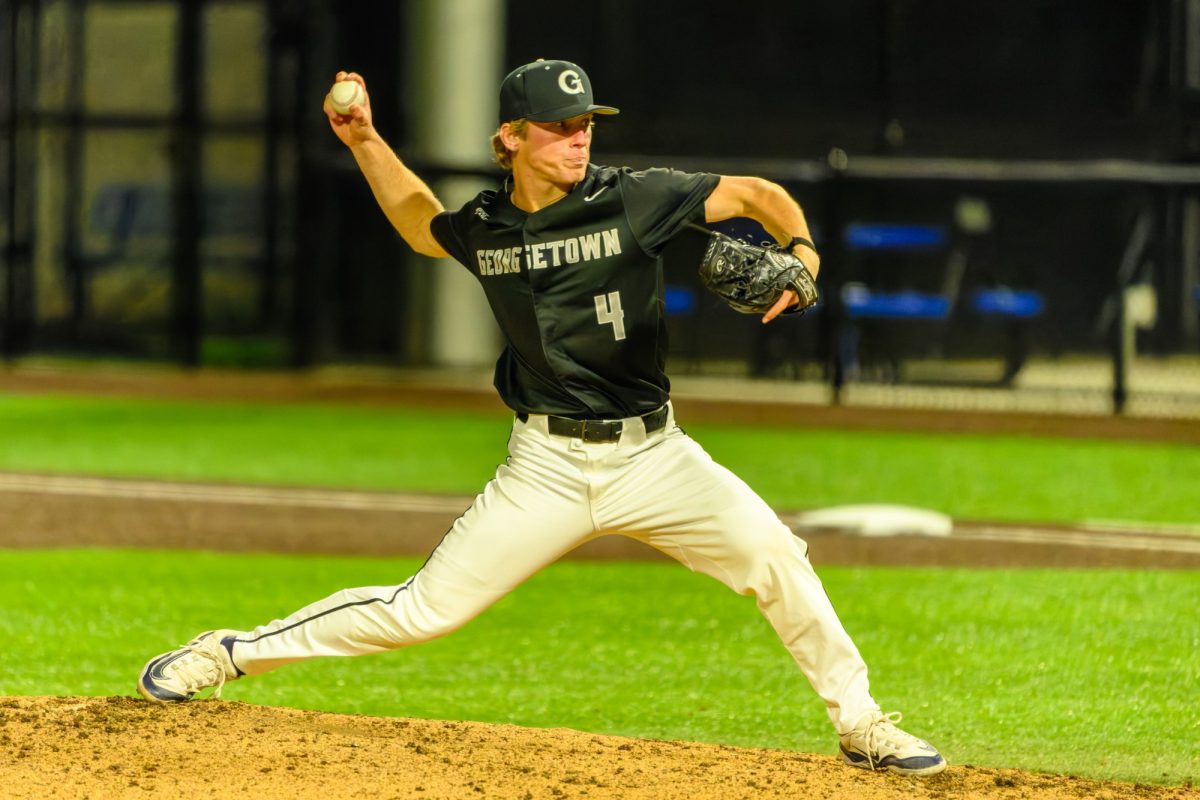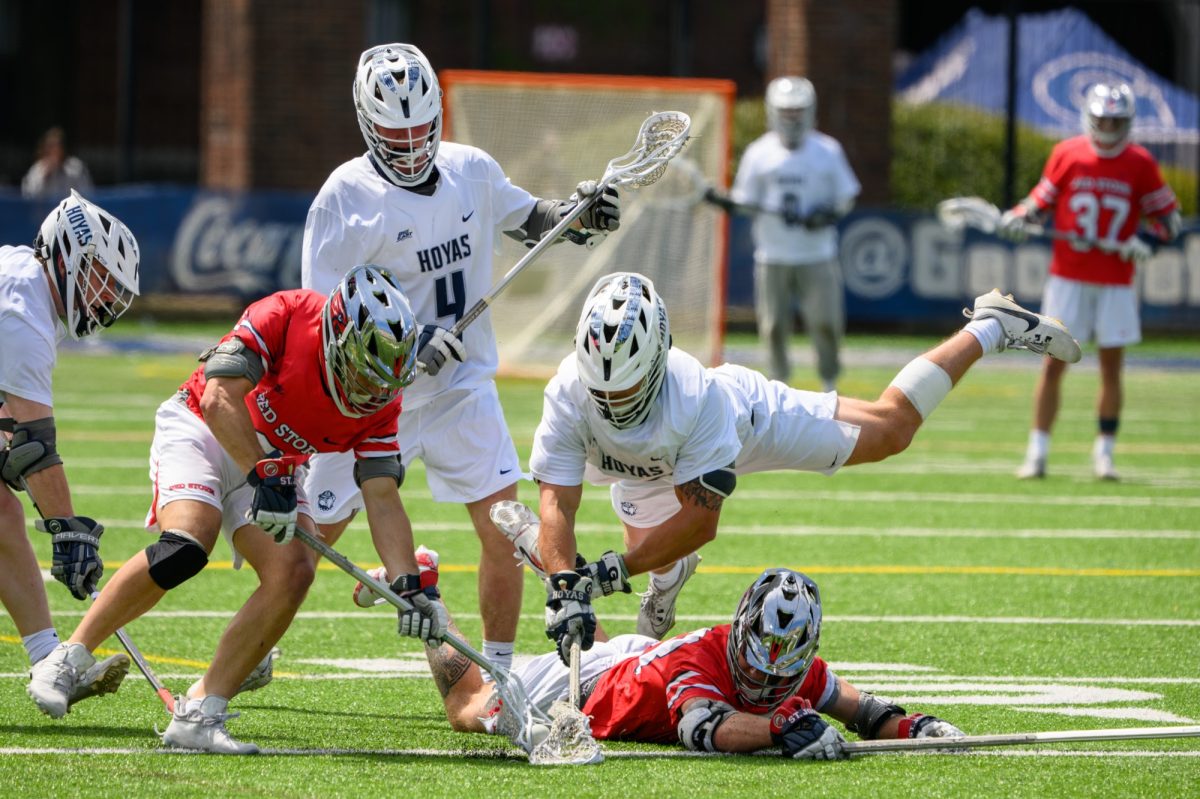As time passes, there are some initially transient cliches in sports that seem to gain a sense of permanence. The Chicago Cubs may never win a World Series, the city of Cleveland may be forever cursed by the sports gods and defense may never be considered sexy. While the fate of the Cubs and the city of Cleveland may very well change, the appeal and image of defense in baseball will always be a second fiddle to offense.
Recently, Major League Baseball has been the latest sports league to signal its willingness and desire to inject more offense into the game — at the expense of defense. Unfortunately, the league’s proposed suggestions are misguided and ignore viable solutions that are already factored into baseball’s rules.
First, it helps to understand the nature of the problem baseball is attempting to solve. At 8.28 runs per game, scoring in 2014 was at its lowest level since 1981, and was down nearly two runs per game and 20 percent from just 14 years ago.
However, throughout the 1970s and 1980s, scoring hovered between eight and nine runs per game and only shot up to over 10 runs per game in the mid-1990s — the height of the steroid era. Thus, offense was artificially inflated and today’s game more closely resembles the pre-steroid product. Obviously there are limits to what the MLB is able and willing to do to boost offense because maintaining the integrity of the game is critical. One possible solution that was suggested by new commissioner Rob Manfred is the banning of the defensive shift, a strategy that involves realigning the defensive players on the field to adjust to the batter.
This is a horrible idea for several reasons. First, there is sparse analysis as to what impact it would actually have on offense; even if defenses are shifting more and the number of balls put into play while the defense is shifted is rising, there is not enough statistical data to provide a justifiable reason to ban shifts outright.
In fact, in 2013, defensive shifts were estimated to cost the league 300 runs, or about 1.5 percent of the season total. Even the best teams only saved eight to 10 runs because of shifts, so the impact on each individual game is miniscule.
Second, it seems wrong to limit teams’ defensive strategies when they have been deemed acceptable, regardless of their success rate.
When the NBA removed several of its defensive restrictions in 2001, some players and coaches, most notably current Clippers Head Coach Doc Rivers, opposed the decision. Many critics argued that allowing certain types of zone defense would reduce overall scoring.
However, compared to 2001, scoring in the NBA is up five points per game per team this season. Thus, giving defenses freedom is not linked to declining offense, and regardless of the frustration baseball executives harbor about the state of offense in the MLB, there is not sufficient data to justify banning the shift.
Aside from declining offense, baseball is also seeking to tackle its alleged pace of play issue. In 2014, MLB games averaged a record time of three hours and two minutes, which is a 5.8 percent increase in the past five years.
In the upcoming season, baseball is going to experiment with a pitch clock, which would limit pitchers to a certain amount of time between pitches, similar to basketball’s shot clock. However, what most fans fail to realize is that a very similar rule already exists — it simply needs to be enforced.
Rule 8.04 in the MLB’s official rules gives a pitcher 12 seconds to throw a pitch after he receives the ball if the bases are empty; failure to comply results in an automatic ball awarded at the discretion of the umpire. It is easy to understand why this rule goes universally ignored by umpires, as none of them want to be the one to potentially change the outcome of a game because a pitcher is slow to deliver.
It is clear that the MLB already supports the spirit of the rule, and this season’s experiment is a useful data gatherer. If this succeeds, then baseball should attempt to create some sort of compromise. In exchange for actual enforcement, pitchers should get a 20-second clock in between pitches.
The biggest potential variable in these rule changes will be batters’ habits. For the new rules to succeed, hitters need to limit their between-pitch routines, which include stepping out of the box, adjusting their helmet or taking excessive practice swings.
There may not be a perfect solution, and perhaps the pitch clock experiment will fail. If it does, it may be proof that baseball, especially its defense, is not meant to be tamed and timed.
Michael Ippolito is a sophomore in the College. THE WATER COOLER appears every Friday.





















